Recently, a strange thing happened to me: I visited my childhood home in the Scottish Borders and decided it was one of the most beautiful places in the world.
This would, no doubt, have horrified – not to mention confused – my teenage self. Growing up in the Borders gave me an appreciation for sheep and ruined abbeys, but (as is often the case for young people) I couldn’t wait to leave my hometown behind.
It seemed to me to be the most boring landscape possible: fields and gentle hills and modestly-sized patches of woodland, broken up by the towns I cheerfully abandoned the second the train to Edinburgh started running.
There’s an assumption, I think, that if you grow up in a rural area, you’ll want to leave it for the city. For me, it was the opposite: for as long as I can remember, I was determined to end up in the wilder majesty of Scotland’s islands.
Well, I did end up here – and, just as I expected, the beauty of Uist’s landscape continues to inspire me, day after day. But what I didn’t expect was the way moving has made me re-evaluate my relationship with the place I was so eager to leave behind.
Nostalgic appreciation for the place where we grew up is one thing, and I think almost everyone has experienced it. But there’s another layer to my newfound love of the Borders that’s all down to Uist.
I love the stark beauty – but I do miss trees
One of the best things about living amidst one of Scotland’s most unique landscapes is that it completely changes your perspective on the world around you. Once you adapt to a new normal, the things you considered dull and commonplace before become things to treasure.
Trees are a prime example. It’s amazing how seeing something as seemingly ubiquitous as a tree can become remarkable. On the other hand, I find myself wondering: how can something as grand and complex as a tree become so commonplace?
On Uist, we have some wonderful community woodlands, but the majority of the landscape is conspicuously treeless. I love the stark beauty of Uist‘s moors and machair, but I do miss trees. In the Borders, I felt like my parents were rather spoiled, with a copse of them seemingly around every corner.
Missing trees means missing their seasonal rhythms, too. There’s nothing like getting off the plane onto the mainland and stepping into an autumn you hadn’t quite realised was happening.
The pastoral beauty that I rolled my eyes at as a teenager is as refreshing to me now as the craggy peaks of the Highlands were to me then
What Uist might lack in trees, it makes up for in water. Even putting aside our iconic beaches, the lochs of every shape and size that pepper Uist means that, wherever you look, you never seem to see an unbroken stretch of land.
In comparison, the stretches of green hills across the Borders seem downright epic. The pastoral beauty that I rolled my eyes at as a teenager is as refreshing to me now as the craggy peaks of the Highlands were to me then.
Every place has a beauty of its own
We can’t have both at the same time – and I think that’s a good thing. The Outer Hebrides might be more famous for its landscapes than the Scottish Borders, but every place has a beauty of its own, and no two are quite alike.
Coming home from my visit to the Borders, I sat in a window seat as my plane dropped down towards Benbecula Airport. Below me was the view that never fails to take my breath away: the islands of Uist, scattered like pebbles across the sea.
For me, now, that’s the kind of beauty that is home.
Eve McLachlan is a community reporter for The Press and Journal, based in the Western Isles
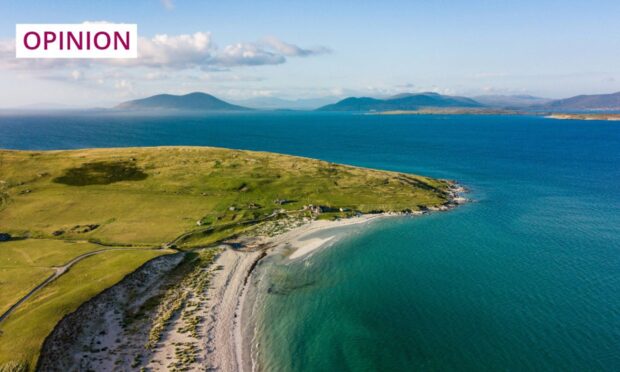
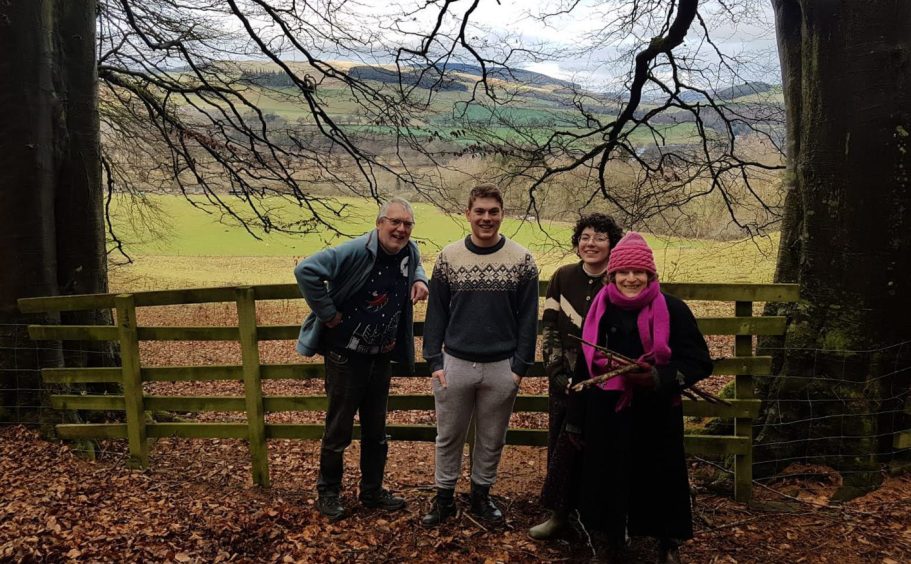

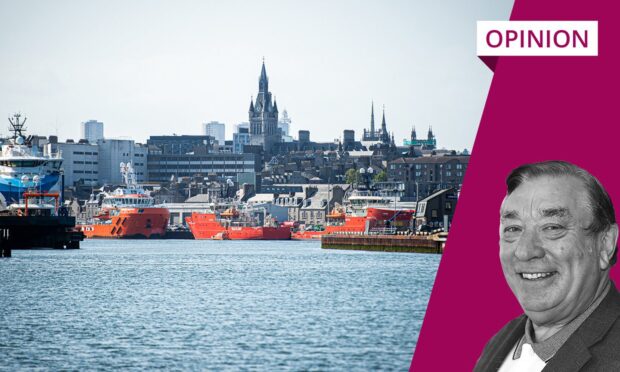
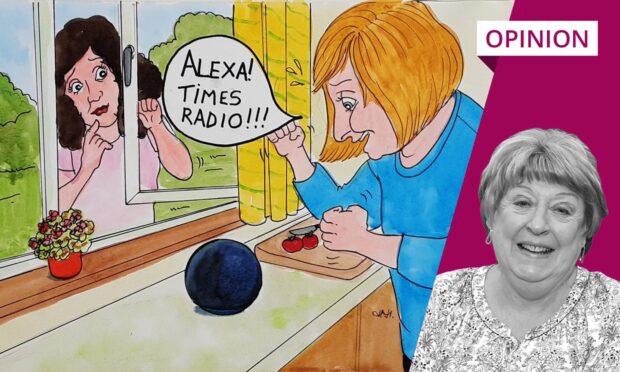
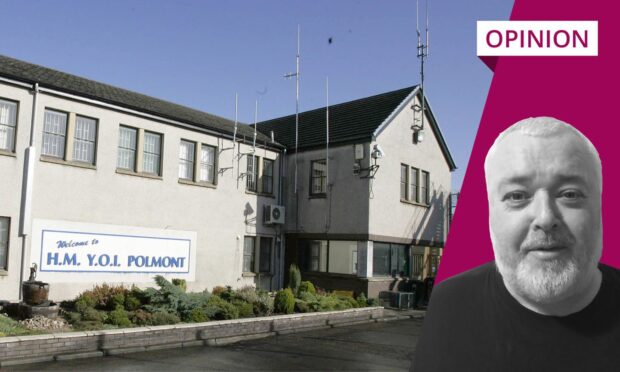
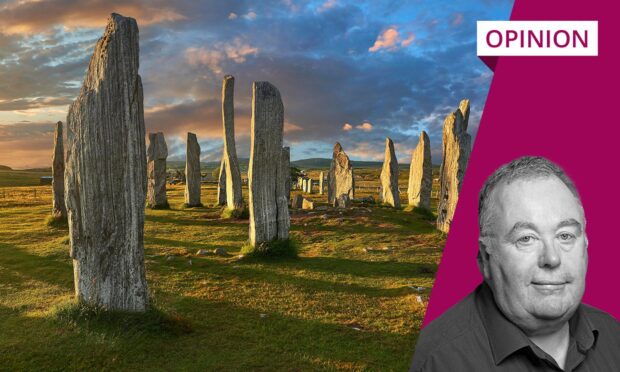

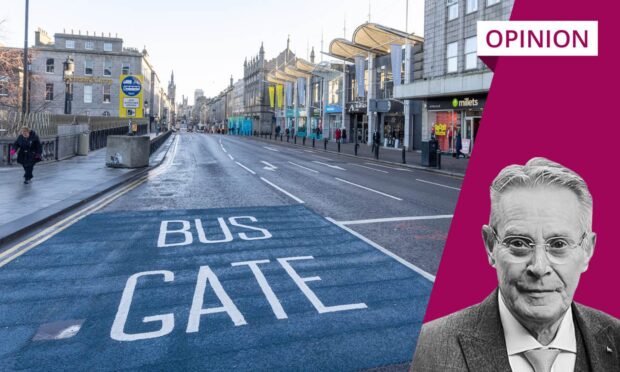



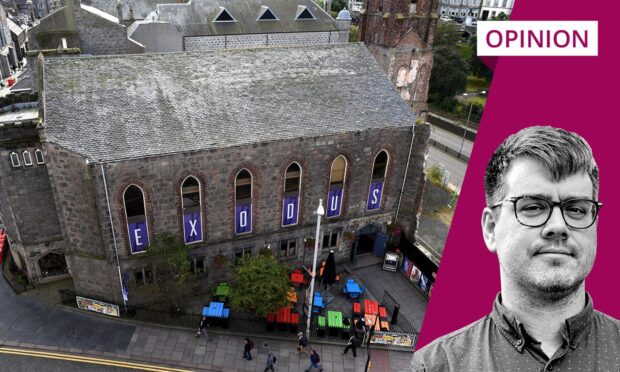
Conversation